Serving Pierce County, South King County, and Surrounding Areas
$250 OFF NEW WATER HEATER INSTALLATION
Blog
$250 OFF new water heater installation
Blog
JC Plumbing
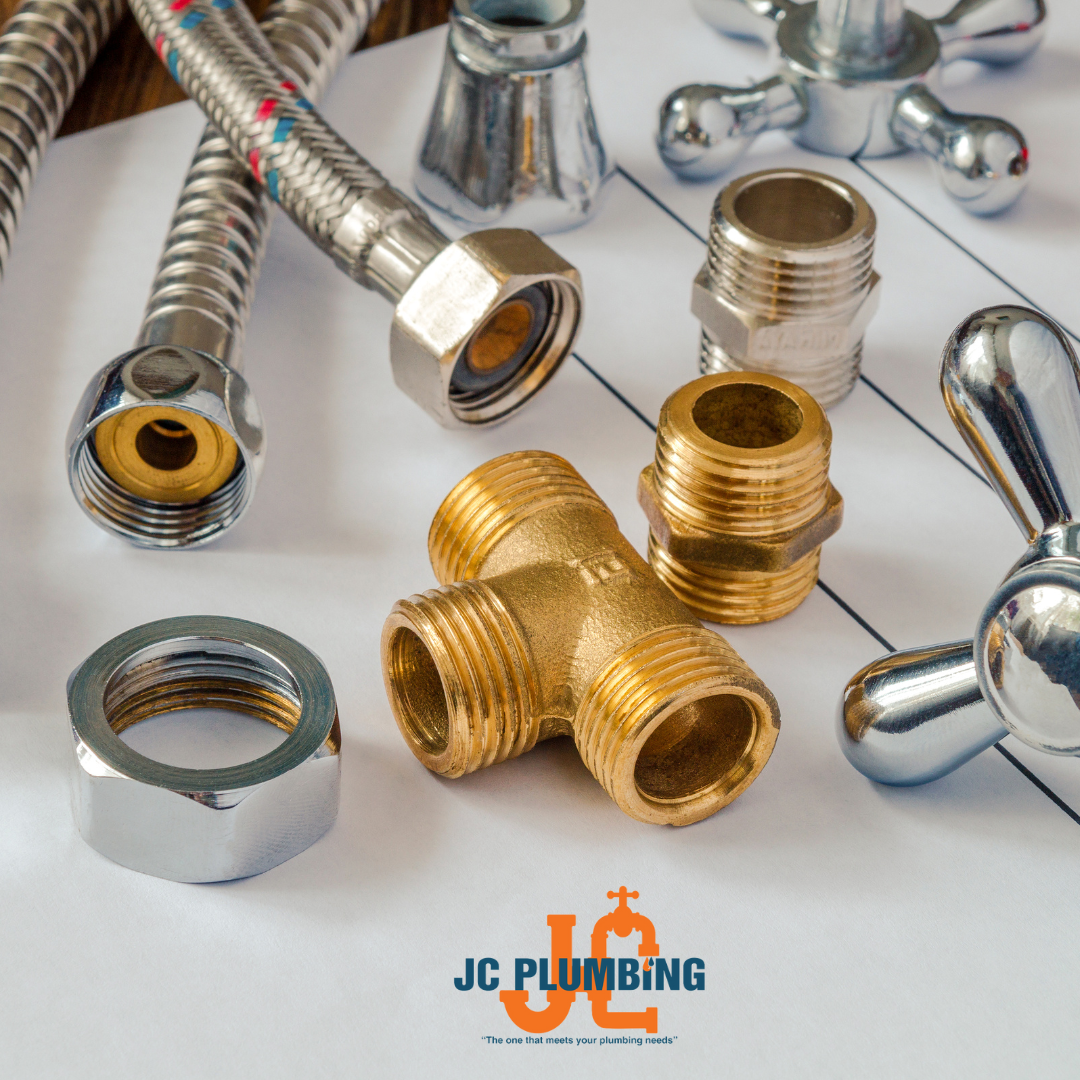
By JC Plumbing
•
January 22, 2025
Plumbing issues can arise unexpectedly, from a clogged sink to a leaking pipe. Having the right tools on hand can save you money on repairs and help you manage common plumbing problems effectively. In this blog, we'll discuss the essential plumbing tools every homeowner should have, when to use them for maintenance and repairs, and what emergency supplies to keep ready for quick fixes. 1. Pipe wrench: heavy-duty tool for tightening and loosening pipes Wh at it is: A pipe wrench is a must-have for any homeowner dearling with pipes. It's a long-handled tool designed to grip and turn pipes with its adjustable jaws. When to Use: Tightening or loosening pipes: If you're installing or removing plumbing fixtures, a pipe wrench is essential. Working with metal pipes: It's best used for tough, stubborn pipes made of materials like steel or cast iron. TIP: Avoid using a pipe wrench on plastic pipes, as it can crack or damage them. 2. plunger: the go-to tool for unclogging drains What it is: A simple but highly effective tool, the plunger features a rubber cup that forms a seal over drains to create suction, helping dislodge clogs . When to Use: Unclogging toilets, sinks, or tubs: Use the plunger to clear minor blockages in drains. It's most effective when you create a firm seal and use forceful pushes to loosen the clog. Before calling a plumber: If you have a slow drain, a plunger is a great first tool to try. TIP: For toilets, use a flange plunger, which has a bell-shaped bottom designed to fit into toilet drains. 3. Plunging Aids (Augers or Drain Snakes): For Stubborn Clogs What it is: drain auger or snake is a long, flexible tool that helps break up tough blockages deeper in the pipes. When to Use: Clearing deep blockages: If a plunger isn't enough to clear a drain, a drain snake or auger can reach farther into the pipe and help break through tougher clogs. Toilets or showers: When plunging doesn’t work, you may need an auger for toilets or sinks. TIP: Be cautious when using an auger, as it can damage your pipes if used improperly. 4. Pipe Cutters: Clean and Efficient Pipe Cutting What it is: Pipe cutters are specialized tools that help you cut through pipes cleanly and easily, without the jagged edges you might get with a hacksaw. When to Use: Cutting through PVC, copper, or steel pipes: If you're replacing or repairing a section of pipe, a pipe cutter will make the job easier and more precise. When working in tight spaces: The compact design of pipe cutters allows you to cut pipes in areas where a hacksaw might be difficult to maneuver. TIP: For PVC pipes, use a ratchet-style cutter for clean cuts. 5. Adjustable Wrench: Versatility for Tightening Nuts and Bolts What it is: An adjustable wrench has a movable jaw that can be adjusted to fit various sizes of nuts and bolts, making it an essential multi-purpose tool. When to Use: Tightening or loosening nuts: Whether you're working with faucets, pipe fittings, or showerheads, an adjustable wrench can handle a variety of plumbing tasks. For plumbing fixtures: It’s ideal for any nut or bolt that needs to be tightened or loosened without stripping the thread. TIP: Be sure to use the wrench correctly to avoid damaging bolts or nuts. 6. Teflon Tape and or Pipe Thread Sealant: For Sealing Pipe Threads What it is: Teflon tape, also known as plumber’s tape, is a thin white or blue tape used to seal the threads of pipes and fittings to prevent leaks. when to use: Sealing threaded connections: Wrap Teflon tape around pipe threads before screwing them together to create a watertight seal. Fixing minor leaks: If you notice a slight leak at a threaded connection, wrapping it with Teflon tape can help temporarily stop the drip. TIP: Use a few wraps of tape for a tight seal. Too much tape can make it difficult to screw the pipes together. 7. Emergency Plumbing Kit: Be Prepared for Quick Fixes What it is: An emergency plumbing kit includes the basic tools and supplies needed to handle unexpected plumbing emergencies until a professional arrives. What Should Be in Your Kit: Plunger and drain snake: For clearing clogs quickly. Pipe repair clamps: Temporary clamps that can help stop small leaks in pipes until more permanent repairs are made. Bucket and towels: Essential for catching water during a leak or burst pipe. Teflon tape and pipe thread sealant: For sealing leaks or loose pipe connections Pipe insulation: Useful in winter for preventing frozen pipes. TIP: Store these tools in an easily accessible place, such as a utility closet, so you can grab them quickly during an emergency. 8. Additional Plumbing Tools to Consider: Plumbing Gloves: Protect your hands from sharp edges and chemicals when working with plumbing. Hacksaw: For cutting pipes in tight spaces or when a pipe cutter isn’t an option. Level and Plumb Bob: Ensure pipes are correctly aligned when installing new fixtures or pipes Conclusion: By having these essential plumbing tools on hand, homeowners can confidently handle minor plumbing repairs and avoid costly service calls. Whether it's fixing a clogged drain, tightening a loose pipe, or preparing for a plumbing emergency, the right tools make all the difference. Remember to keep your tools organized and easily accessible, and always use them safely to ensure your plumbing systems continue to work smoothly. If you are having problems with your plumbing and do not feel comfortable using these tools or your plumbing problem requires the assistance of a professional give us a call 253-316-7926, JC Plumbing is ready to help with your plumbing needs.
serving Area
Algona
Auburn
Black Diamond
Bonney Lake
Buckley
Burien
Covington
Des Moines
Edgewood
Enumclaw
Federal Way
Fife
Gig Harbor
Kent
Lakewood
Milton
Pacific
Parkland
Puyallup
Renton
SeaTac
South Seattle
West Seattle
Spanaway
Steilacoom
Sumner
Tacoma
Tukwila
University Place
and surrounding areas
Business Hours
- Mon - Fri
- -
- Saturday
- -
- Sunday
- Closed
Hi. Do you need any help?
Privacy Policy
| Do Not Share My Information
| Conditions of Use
| Notice and Take Down Policy
| Website Accessibility Policy
© 2025
The content on this website is owned by us and our licensors. Do not copy any content (including images) without our consent.
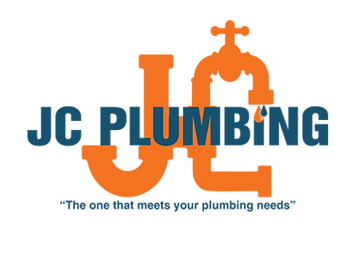

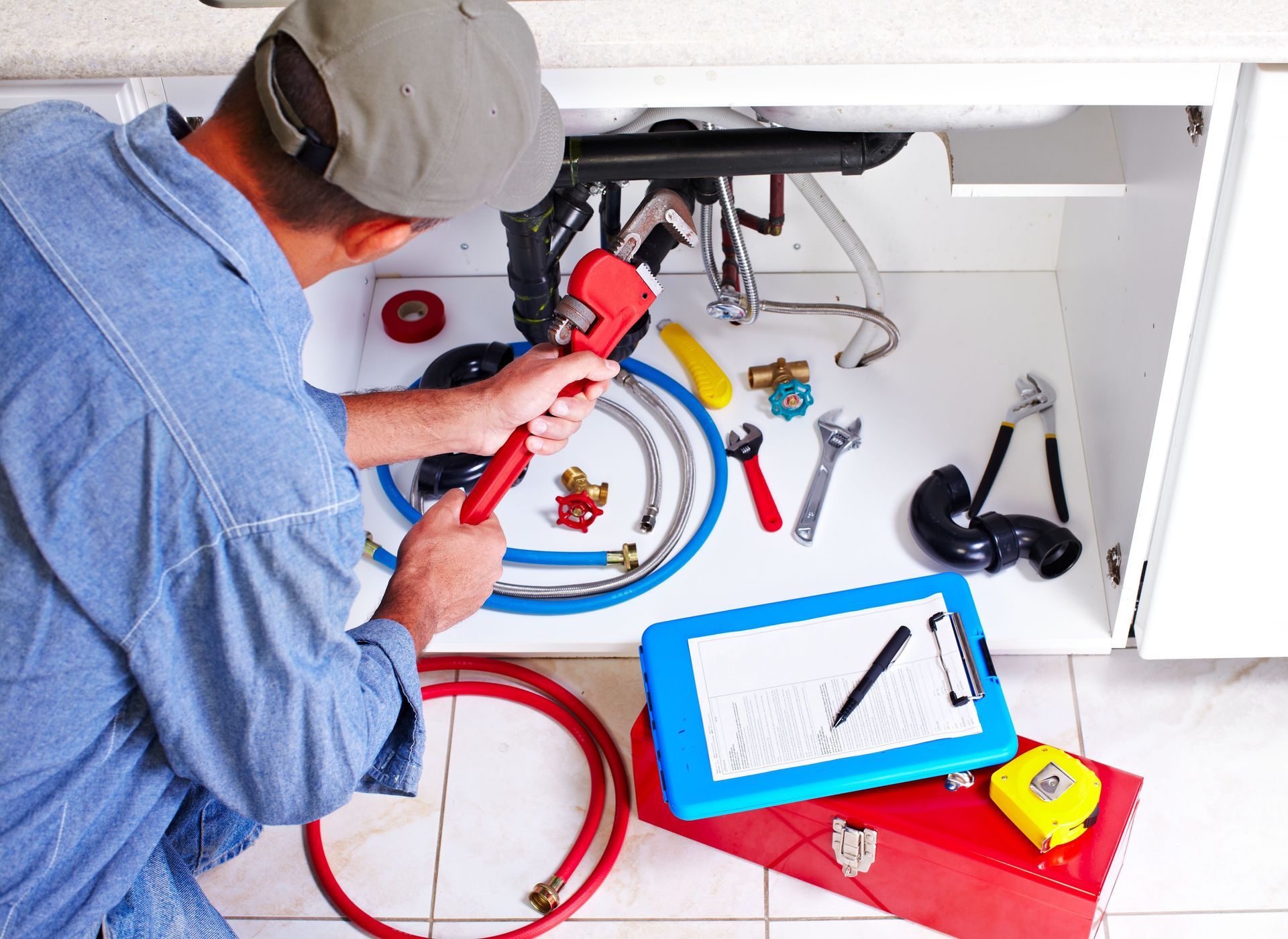

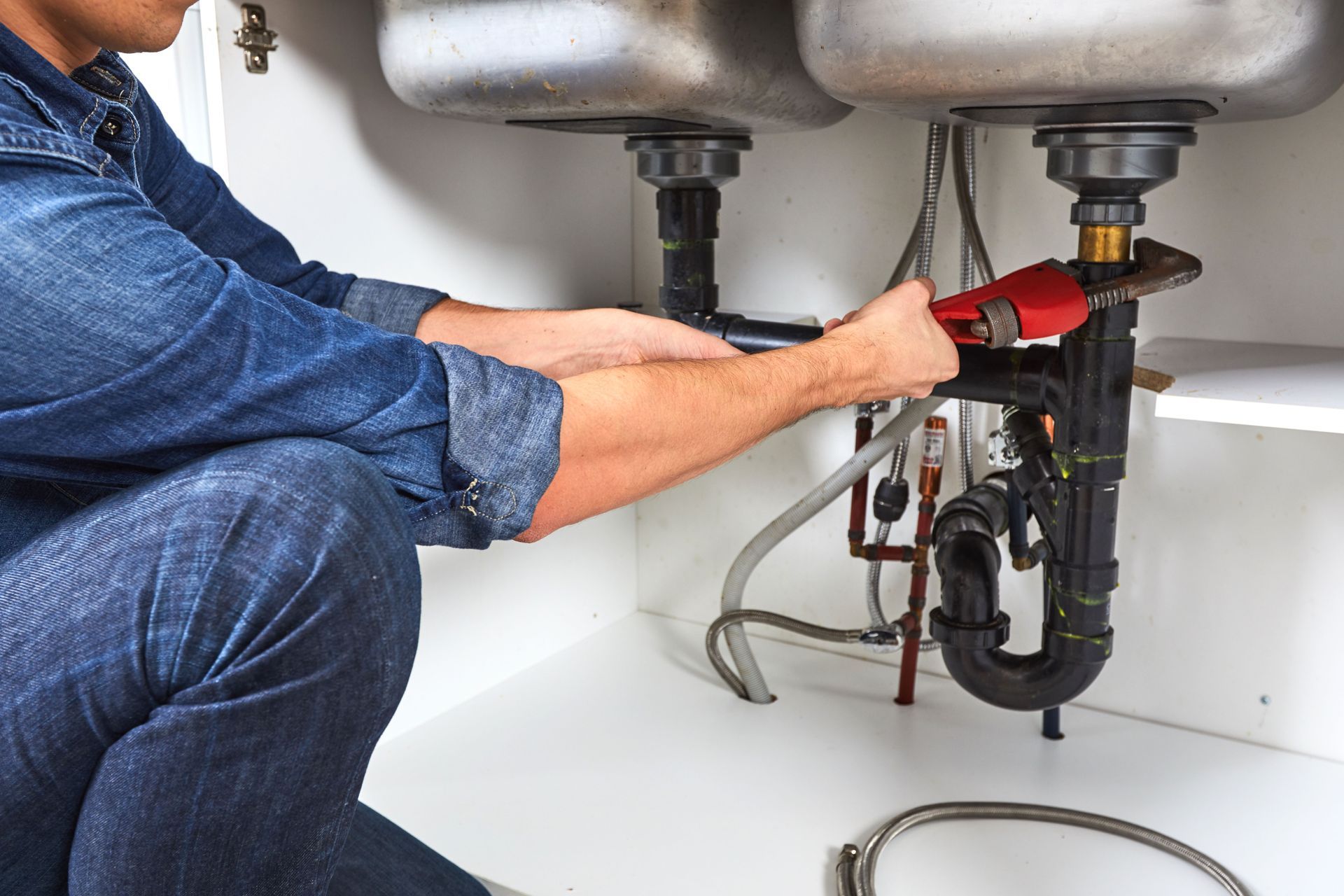
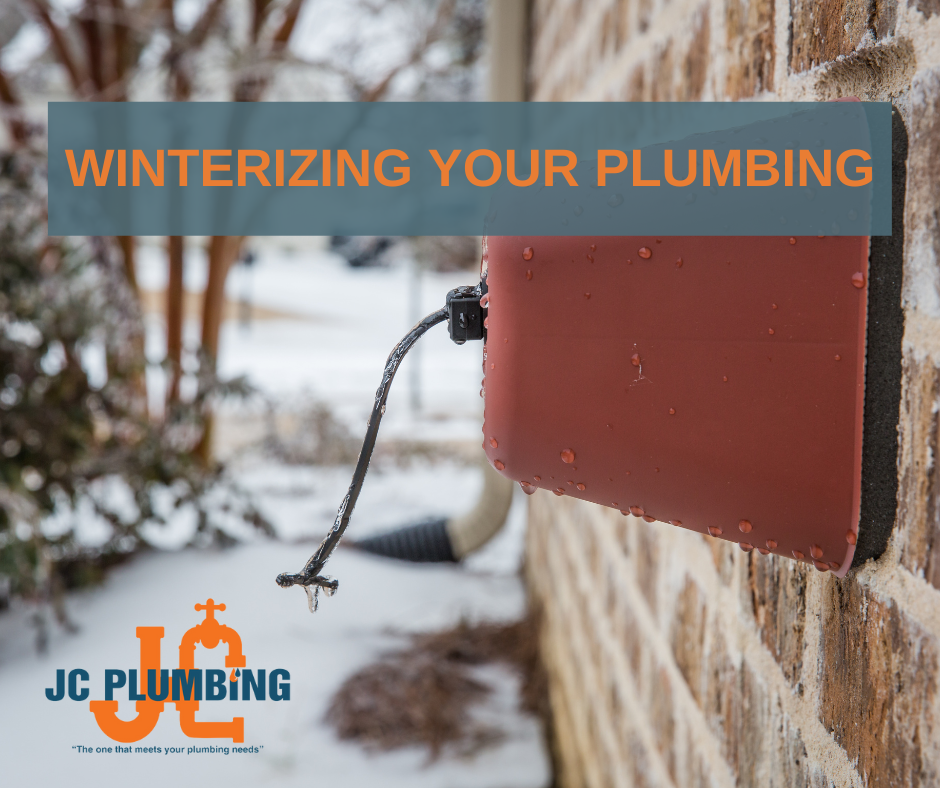

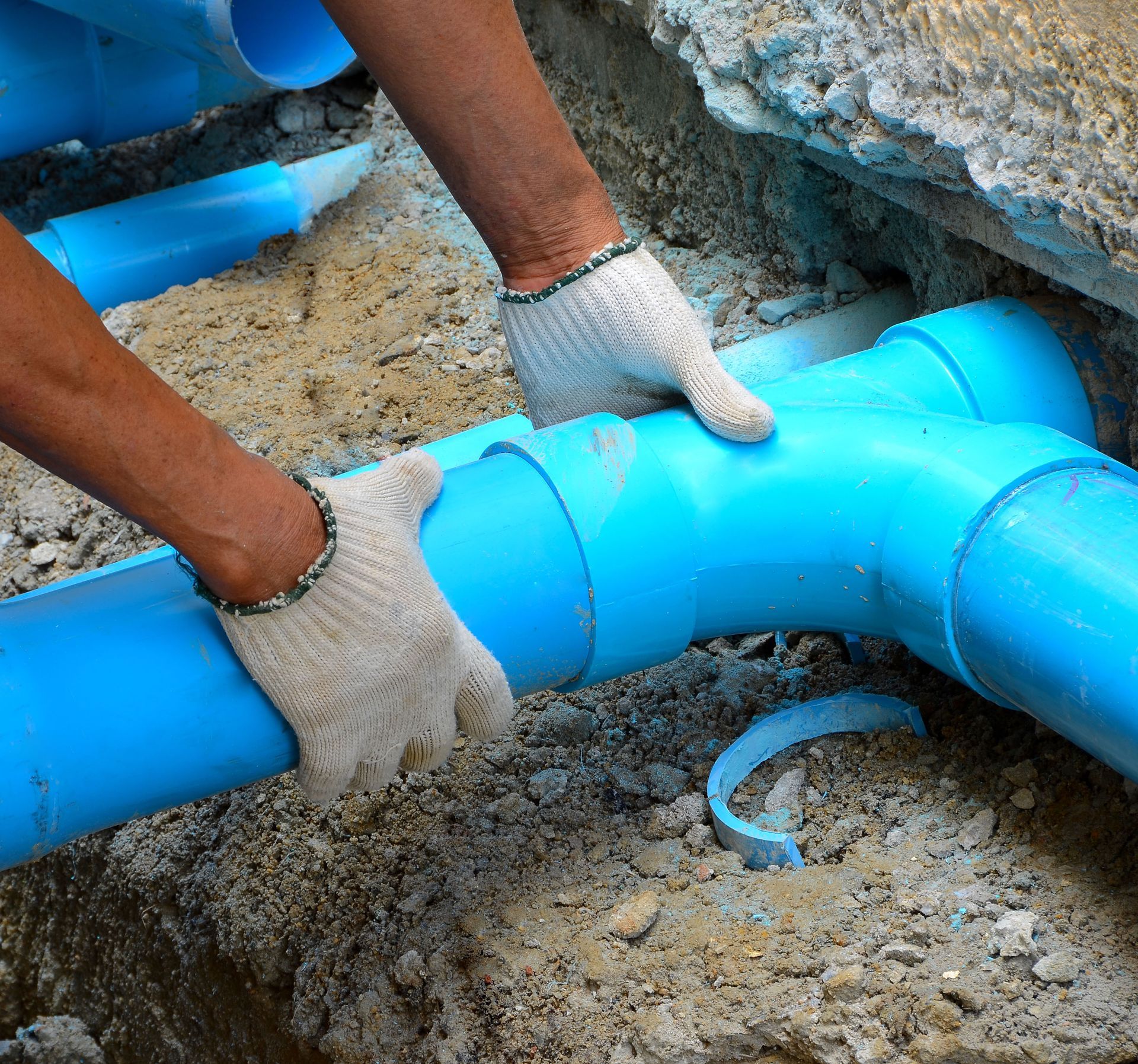

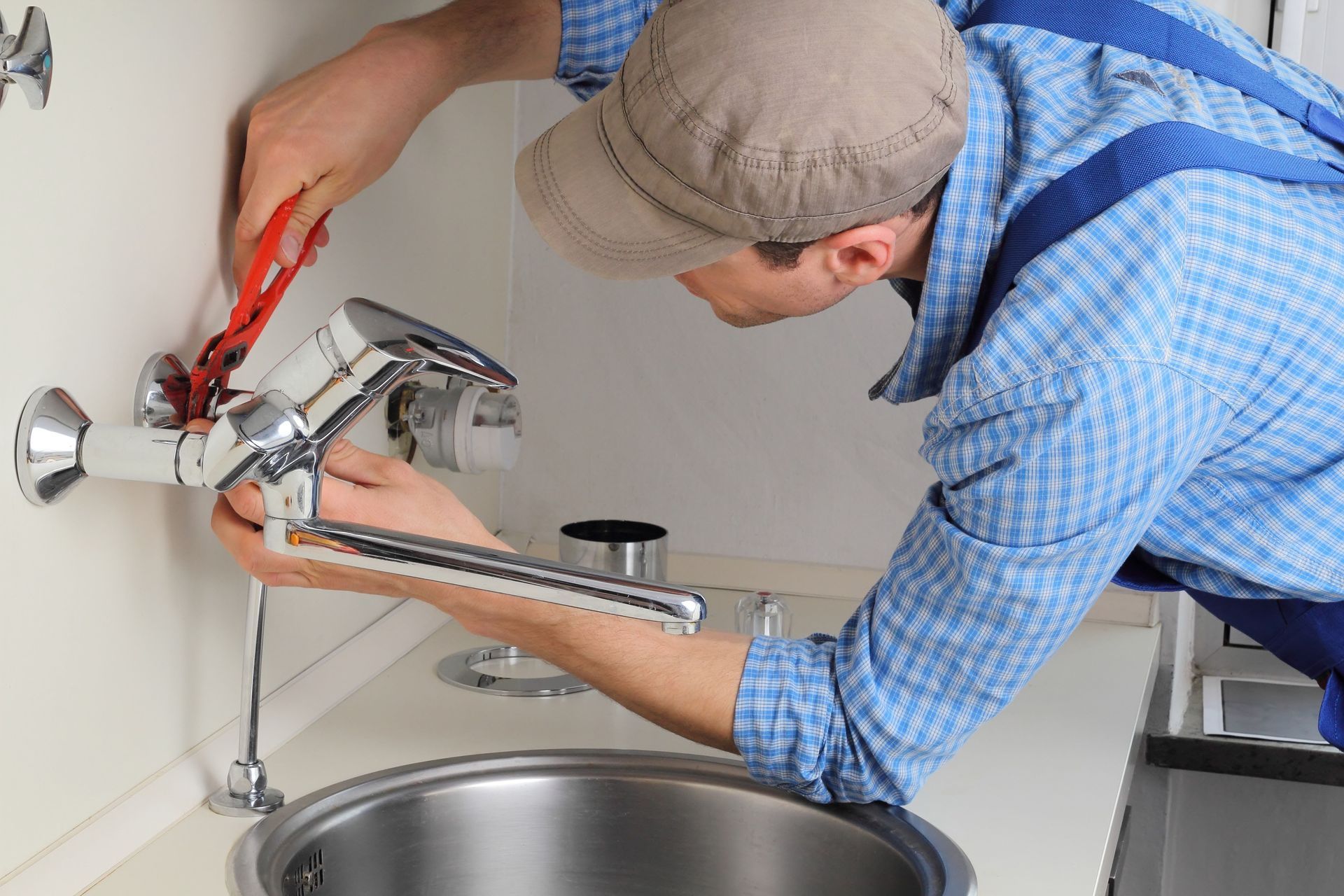
Share On: